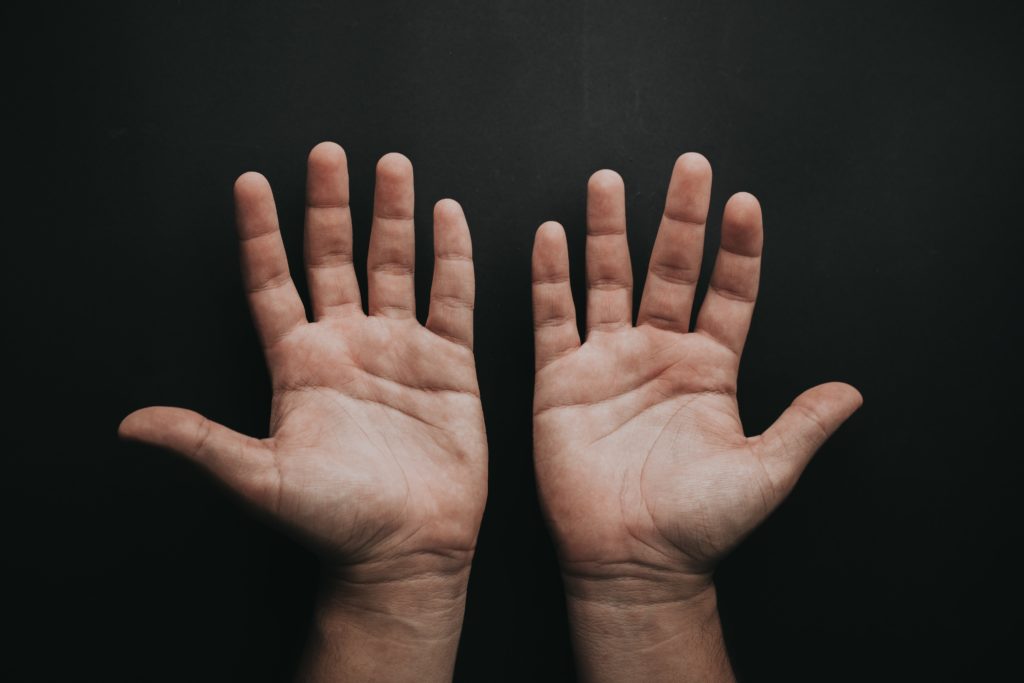
John Elway has an impressive resume, hall of fame quarterback, president of football operations for the Denver Broncos and more recently for something less glamorous, but still intriguing. He has a hand condition called Dupuytren’s contracture or Dupuytren’s disease. His recent appearance in a television commercial has brought to light this condition of the hand that was initially described in the 1600’s and named after a Swiss surgeon in the 1800’s. This condition reaches beyond quarterback greats and has affected a pope, prime minister, and a U.S. president.
Dupuytren’s disease is a benign condition that affects a normal structure in the hand called fascia. It often causes lumps on your palm and cords on the palm or fingers. These cords can begin to thicken and shorten and pull on the skin which causes a puckering or dimpling and eventually begin to cause the finger to bend into the palm. Typically, the lumps are not painful, although sometimes in the early stages they can be tender. This can be concerning because of appearance and loss of hand function. The fingers most affected are the ring and little finger, but all fingers including the thumb can be affected.
There is a genetic component to the disease and largely affects people of Northern European descent and is more common in men although does affect women. Dupuytren’s contracture can begin in your 40’s, but is more common in your 50’s and 60’s. According to the American Society for Surgery of the Hand, there is no known connection between Dupuytren’s disease and a specific occupation. The progression of the disease is difficult to predict and varies between each person. Some individuals remain with nodules and thickened cords in the hand while others progress to severely bent fingers. The condition may progress in months but generally takes years.
As the condition progresses, the fingers begin to bend in toward the palm and there is an inability to straighten the fingers. Dupuytren’s cannot spread to other fingers, but often there is more than on finger involved. As the deformity progressive it may affect your hand function. The activities that become most difficult are often; shaking hands, putting your hand in your pocket, putting on gloves, pushing up from a table, washing your face and clapping, as some examples.
There is no “cure” for Dupuytren’s and no specific treatment that will prevent someone from getting Dupuytren’s, however it is very treatable, and the intervention generally depends on whether the position of the fingers is affecting your daily activities.
Therapy is a conservative and safe option, however since the thickened cords in your hand are not elastic the likelihood of straightening the fingers is low. However, instruction for some basic exercises and education on how to monitor your symptoms may be temporarily helpful for some people. Hand therapy will be a more appropriate and helpful following surgery or another procedure. It is never too early to be evaluated by a hand surgeon and seeing a hand surgeon does not mean you need to have surgery. One sign suggested by the American Society for Surgery of the Hand is once you are not able to place your hand flat on a table surface may be a good time to be evaluated.
A team approach which includes you, the surgeon and therapist is important to ensure that an optimal recovery and a return to your everyday functional tasks are achieved.
GUEST AUTHOR: Nancy Naughton, OTD, CHT, is a doctor of occupational therapy and certified hand therapist, specializing in the rehabilitation of the hand and upper extremity at Hand Surgery Associates, Olyphant, PA

NEXT MONDAY – Read Dr. Paul J. Mackarey “Health & Exercise Forum!” Next week read Dupuytren’s Part 2 of 2.
This article is not intended as a substitute for medical treatment. If you have questions related to your medical condition, please contact your family physician. For further inquires related to this topic email: drpmackarey@msn.com
Read all of Dr. Mackarey's articles at: https://mackareyphysicaltherapy.com/forum/
Paul J. Mackarey PT, DHSc, OCS is a Doctor in Health Sciences specializing in orthopedic and sports physical therapy. Dr. Mackarey is in private practice and is an associate professor of clinical medicine at GCSOM.